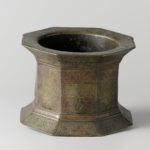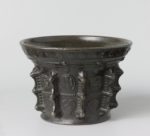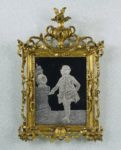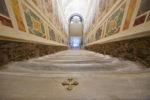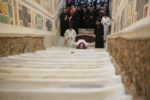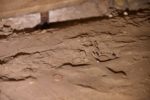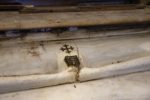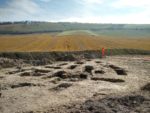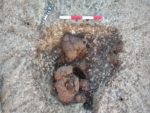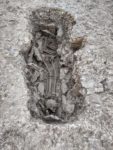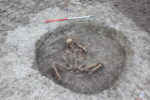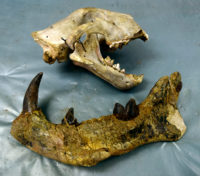 Paleontologists have discovered the remains of a new species of carnivore mammal in a drawer at the National Museums of Kenya. Fossils of a jaw, fragments of skull and pieces of the skeleton were unearthed in western Kenya between 1978 and 1980 by researchers looking for ancient primate remains. As the 22-million-year-old bones clearly did not come from apes, they were put in a cabinet and largely ignored until 2013 when Ohio University paleontologist Dr. Matthew Borths spotted them in a cabinet marked “hyenas” and realized they could be highly significant.
Paleontologists have discovered the remains of a new species of carnivore mammal in a drawer at the National Museums of Kenya. Fossils of a jaw, fragments of skull and pieces of the skeleton were unearthed in western Kenya between 1978 and 1980 by researchers looking for ancient primate remains. As the 22-million-year-old bones clearly did not come from apes, they were put in a cabinet and largely ignored until 2013 when Ohio University paleontologist Dr. Matthew Borths spotted them in a cabinet marked “hyenas” and realized they could be highly significant.
Borths contacted Ohio University paleontologist Dr. Nancy Stevens and she told him she’d noticed the unusual specimen as well while doing research in Nairobi. They teamed up and returned to the Nairobi National Museum in 2017 to study and analyze the fossils.
They named the species Simbakubwa kutokaafrika. With giant canine teeth the size of a banana, a skull as big as a rhinoceros and a body larger than a polar bear, the carnivore was far bigger than any of the big cats roaming the earth today.
“Opening a museum drawer, we saw a row of gigantic meat-eating teeth, clearly belonging to a species new to science,” says study lead author Borths. […]
Simbakubwa is Swahili for “big lion” because the animal was likely at the top of the food chain in Africa, as lions are in modern African ecosystems. Yet Simbakubwa was not closely related to big cats or any other mammalian carnivore alive today. Instead, the creature belonged to an extinct group of mammals called hyaenodonts.
Hyaenodonts were the first mammalian carnivores in Africa. For about 45 million years after the extinction of the non-avian dinosaurs, hyaenodonts were the apex predators in Africa. Then, after millions of years of near-isolation, tectonic movements of the Earth’s plates connected Africa with the northern continents, allowing floral and faunal exchange between landmasses. Around the time of Simbakubwa, the relatives of cats, hyenas, and dogs began to arrive in Africa from Eurasia.
Modern carnivores have one pair of meat slicing teeth in the back of the jaw. Hyaenodonts had three, so that made them highly effective meat cutters. They were hypercarnivores, animals that get more than 70% of their food from meat.
The newly identified species Simbakubwa is the oldest species of gigantic hyaenodonts known, and its origin in Africa indicates gigantic hyaenodonts first evolved in Africa and then spread to Asia and Europe. They went extinct in the Miocene, about five million years ago, after millions of years of drastic changes in the ecosystem due to a drying climate. As apex predators, the gigantic hyaenodonts would have been fewer in number than other animals and highly reliant on a stable populations of prey. Take away that 70+% meat and the carnivore quickly dies off.
“This is a pivotal fossil, demonstrating the significance of museum collections for understanding evolutionary history,” notes Stevens, Professor in the Heritage College of Osteopathic Medicine at Ohio University and co-author of the study. “Simbakubwa is a window into a bygone era. As ecosystems shifted, a key predator disappeared, heralding Cenozoic faunal transitions that eventually led to the evolution of the modern African fauna.”
The study has been published in the Journal of Vertebrate Paleontology and can be read online in its entirety.


